Tetenal Colortec C-41 Kit Review
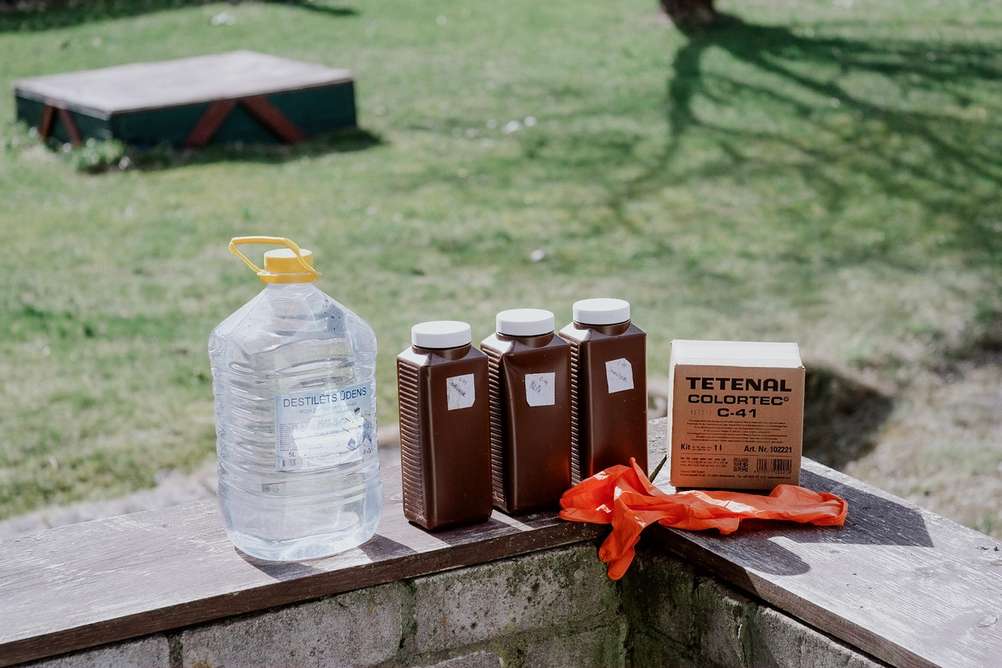
Two Tetenal Colortec C-41 kits. It might seem like one...but there are two. One is in the box. The other one is already mixed in the brown bottles.
Gloves for safety. Distilled water for quality.
Is it weird to review C-41 kits? When developing black and white photos - each developer will give a different look. Some films might prefer one developer and others a different one. Same for photographers - everyone will have a go-to developer for every circumstance.
C-41 is a standardised process. This means that all films are developed in a single temperature, for a specified time. Regardless of the base speed for the film. Different C-41 kits should also develop all films the same way. If every C-41 developer / kit is the same - what's the point of reviewing them?
There's still a reason to dish out a few words. C-41 kits meant for home use can alter the formula a bit to make it easier to develop film with manual methods. C-41 was designed as an automated process where machines would do all the work. Most photographers won't have these automated machines at home. Manual development by hand is the only way. C-41 kit that's more oriented for home use can be optimised for lower temperatures and different agitation methods.
What's In The Box
Tetenal Colortec C-41 kit comes in two sizes:
- Box to make 1 liter of chemistry.
- Box to make 2.5 liters of chemistry.
The contents of the box don't change - only the concentrate volume.

Box contents placed outside of the box. I do like the small bottles - they are cute.
When going for mixing take a knife. Although the bottles are cute - they are sealed with a foil like thing that is impossible to take off with fingers.
The Color Developer comes in 3 parts. Color Developer Part 1, Part 2 and Part 3.
Next is the Bleach Fix or Blix as it's more commonly known. This is a part where there's some variability. Some kits may have bleach and fixer as separate steps in the development process. And some ( like this one ) will have it in one step. Which one is better? No clear answer from me. Originally the process had bleach and fixer separate. First you bleach. Then you fix. Having them separate has benefits:
- Potentially longer shelf life when mixed.
- Ability to use a bleach bypass development technique. You have to skip bleaching step in this technique. It will lead to some desaturated but contrasty images.
- Potentially better output.
Having them mixed in one ( blix ) has the benefit of it being quicker and easier. You might say that having them separate is better based on the positives. And maybe that's right. But I like the faster development time and having less bottles and steps to do. I also haven't seen better output from a kit with bleach and fix as separate steps. Your mileage may vary but unless I want to bleach bypass I prefer blix in one.
Blix comes in two parts. Part 1 and Part 2. I don't know the chemical contents of each part but I know the smell of a fixer when I smell it! Based on that I would say that Part 1 is mostly bleach and Part 2 is mostly fixer. It has that nice fixer smell. You probably shouldn't smell your fixer though... Part 1 is quite nasty. Don't spill it - it will stain everything and it will be difficult to get it out. That is also true with blix in its mixed form.
Last component is the stabilizer. It only comes in one part. It's basically soap and some chemical agents that help in long time storage of the processed film. Soap will help preventing drying marks on the film. And chemical agents will help the stored film not catch some fungus. It's an optional step so if you lose it it's not a big deal. I would recommend not losing it though.
Lastly in the box is the instruction manual.
Chemical bottles in this kit are quite nice. They can be re-used for storing other liquids. Maybe don't use them for storing something for human consumption. Unless potential poisoning is something you're interested in.
The box itself is also nice and sturdy. Good for packaging the things you sell on Ebay as long as you hide the chemical warnings on the box.
Mixing Procedure
If you've mixed juice concentrate with water then you'll have no problem mixing the C-41 chemicals. Just avoid drinking the final mixture at the end.
You need to mix all chemicals with water. Any regular water will do but I use distilled water. It helps with not having film drying marks on your processed film. And super bad quality water might have an impact on chemicals as well.
Water should be in a temperature range between 20°C and 45°C. Unless you like cold ( or sauna level hot ) houses - regular room temperature water should do fine.
Mixing is easy. Water goes in first and then parts in incrementing order. I mix it after adding each part but I'm not sure if it's required. Make sure that your container can hold all mixed volume.
You can also mix the chemicals in parts. For example if you buy a 2.5 liter kit you can: make a 1 liter mix; use it up; make another 1 liter mix; use it up; make the last 0.5 liter mix. I have not done this. Concentrate will last for longer than mixed chemicals. It's still not as long to make sense of my usage. That's why I go for a 1 liter kit and mix it all in one go.
Shelf Life
Mixed chemicals will last for 6 weeks. At least the color developer. Blix and stabilizer will last for 24 weeks. This is the time listed in the manual. Depending on how you store the chemicals this time can be longer in real life.
An open concentrate bottle of color developer will last 12 weeks according to the manual. It seems like a small increase. This is the reason why I don't buy the larger 2.5 liter kit. Opened blix and stabilizer concentrates will last for the same 24 weeks.
Another aspect of longevity is how many films are processed. Manual states that 1 liter will handle 16 rolls. 0.5 liters will handle 8 rolls. 2.5 liters will handle 40 rolls.
Keep in mind that C-41 kit won't suddenly stop working one day. There will be a gradual decline in quality if it starts to go bad. You shouldn't completely destroy any of your rolls. Worst case will typically be color shifts and underdeveloped negatives.
With the last 1 liter kit I developed 15 rolls of film during an 18 week period. I did not notice any color shifts or any other degraded performance during this time. The only reason why I retired the chemicals was because I haven't used them for almost 8 weeks. I had a film that I wanted a clean development on so didn't want to risk and experiment. Chances are it would've developed fine.
As you develop more and more films the development time will increase. It's a nice way to force me to refresh the chemicals as I dislike super long development times.
Development
The manual lists three development temperatures:
- 38°C which is pretty standard C-41 development temperature.
- 30°C which is more suitable for manual home development.
- 45°C which is listed as a one-shot development. Presumably you have to throw the chemicals out after development but I'm not sure.
Higher temperature means faster development time. Faster development time means less room for error. For manual processing I recommend lower temperatures. It will allow for more mistakes in both the temperature and time. I use the 30 degree temperature for the first 4 rolls and then 38 degrees for the remaining 8 ( or more ) rolls. 45 degrees only make sense in some automated way.
Some C-41 developers allow 20 degree temperature. I'm sure that this would work with Tetenal as well but I have not tried it and manual doesn't list that as an option.
Development times increase every 4 films in a 1 liter mixture ( or every 2 films in 0.5 liter mixture ).
- 38 degrees:
- Developer:
- Films 1 - 4: 3:15 minutes
- Films 5 - 8: 3:30 minutes
- Films 9 - 12: 3:45 minutes
- Films 13 - 16: 4:00 minutes
- Blix:
- Films 1 - 4: 4:00 minutes
- Films 5 - 8: 6:00 minutes
- Films 9 - 12: 10:00 minutes
- Films 13 - 16: 15:00 minutes
- Developer:
- 30 degrees:
- Developer:
- Films 1 - 4: 8:00 minutes
- Films 5 - 8: 9:00 minutes
- Films 9 - 12: 10:00 minutes
- Films 13 - 16: 11:00 minutes
- Blix:
- Films 1 - 4: 6:00 minutes
- Films 5 - 8: 8:00 minutes
- Films 9 - 12: 12:00 minutes
- Films 13 - 16: 20:00 minutes
- Developer:
Stabilizer times are always the same - 1:00 minute.
There's also a pre-heat step where you warm up the development tank and film for your chosen temperature. Manual says you should do it for 5:00 minutes. That's roughly what I do as well. Sometimes it's longer as I use this time to heat the C-41 chemicals to desired temperature.
C-41 development doesn't allow for much temperature variance during the development process. Manual says that color developer allows for +/- 0.3 degree difference and blix allows for +/- 1 degree difference. Stabilizer doesn't care and you can stabilize between 20 and 40 degrees. I would avoid sudden temperature changes if possible.
Do you have to keep the temperatures so strict? Likely not. I don't have a way to keep temperatures super consistent and I haven't seen the results being harmed by it. That being said - I'm only scanning my film which makes it easy to fix any slight color shifts. If you were to print straight from film then color shifts might have a bigger impact.
Pushing Film
It is possible to push film ( develop it as it had a higher ISO ). Although it's not possible to push film as easily as in black and white. Manual only lists instructions for when using 38 degree temperature. To push by a stop you would increase the color development step time by 30 seconds. I have used it and it seems to work fine. I have not tried it in 30 degrees but it would be logical if 1 stop push would be a roughly 1:15 minute color development step time increase. I have seen similar times ( for lower temperatures ) in other kits.
Is it possible to pull film? Manual is silent on this. Chances are that you don't need it. Modern color negative film has quite a huge exposure latitude - especially on the overexposure side. You can comfortably overexpose by a stop or more with no negative side effects. So don't bother pulling C-41 film.
Agitation
C-41 was designed for constant agitation ( because it was done by machines ). It's still possible to agitate continuously when doing it "by hand" although it can be tedious. You can use the "stick" that comes with Patterson development tanks. Spin it continuously around during color developer and blix steps. I don't bother with that.
Instead I invert 10 times at the beginning and then twice every 30 seconds. Seems to work fine.
Price
Price for a 1 liter kit is roughly 25 EUR. If you develop 16 films as the manual recommends then a single film will cost roughly 1.60 EUR to develop. Which is a decent price.
There is the potential to develop more films as well if you're brave. That would bring the single film development cost down more.
The Results
Typically this would be the largest section in most reviews but for a C-41 kit? There's not much to say. The results appear good and I have not had any issues. It seems to handle my imperfect temperature control fine which was the biggest worry I had.
It doesn't create any magical colors that are only possible with Tetenal Colortec C-41 kit. And that's a good thing. That's how it should be. It should develop the film in a standardized way and not create any weird effects.
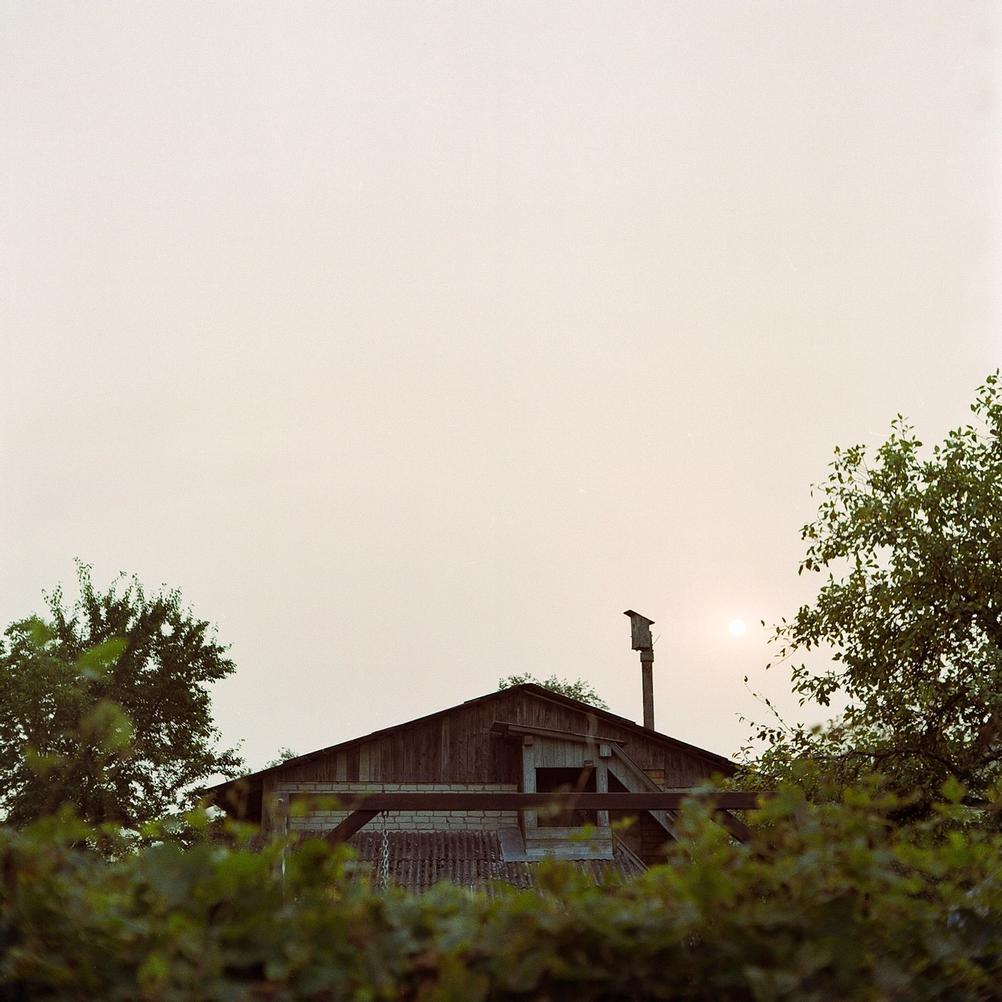
- Camera
- Mamiya C220
- Lens
- Mamiya Sekor 80mm f2.8
- Film
- Lomography Color Negative 100 EI100
- Development
- Tetenal Colortec C-41
- Scanner
- Epson V600
Shot from the first film developed with the Tetenal Colortec C-41 kit. Taken when the world had a weird thick tint because of the smoke coming from some burning forest from far away.
Well pleased with how the colors turned out.
That small bright dot in the sky is the sun. It looked weird in real life as well.
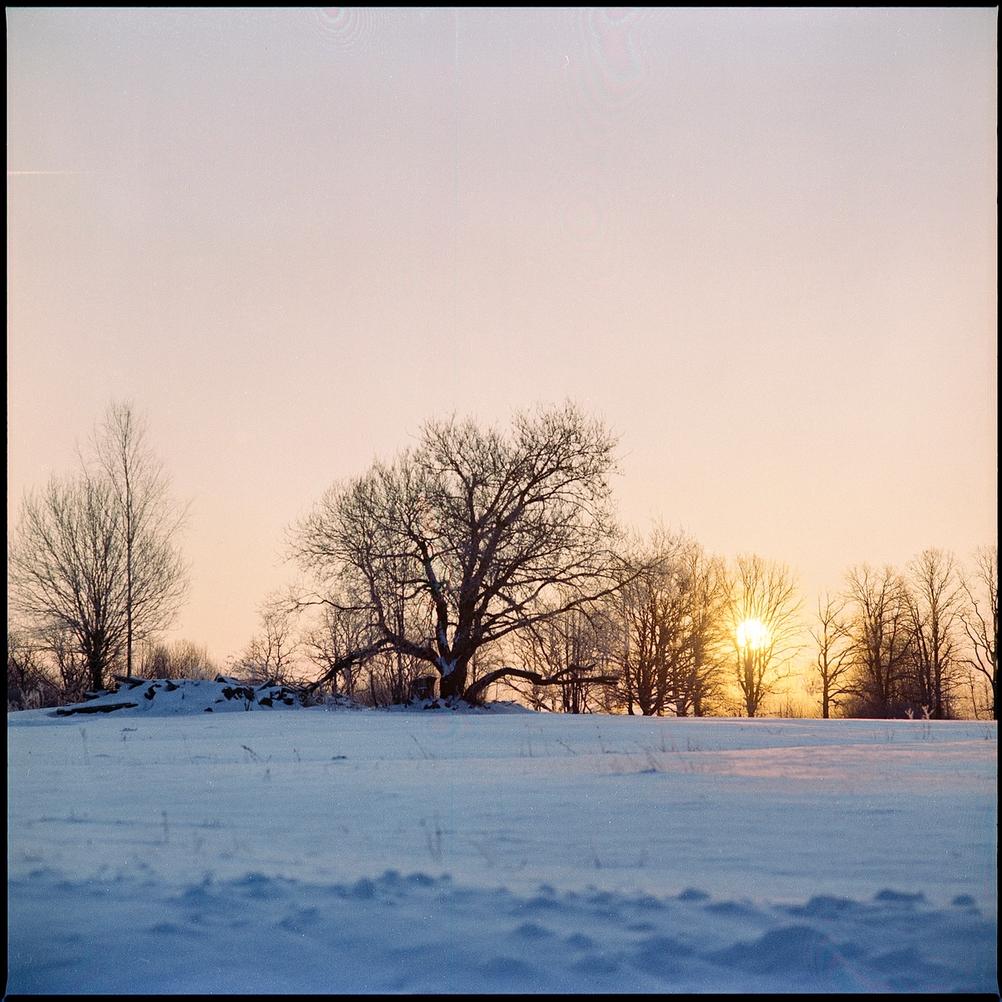
- Camera
- Mamiya C220
- Lens
- Mamiya Super-Sekor 180mm f4.5
- Film
- Lomography Color Negative 100 EI100
- Development
- Tetenal Colortec C-41
- Scanner
- Epson V600
This is a shot from the last roll developed in the Tetenal Colortec C-41 kit. I see no color casts or exposure issues.
It's not a great photo but I wanted the picture to have sun in it to go together with the previous picture.
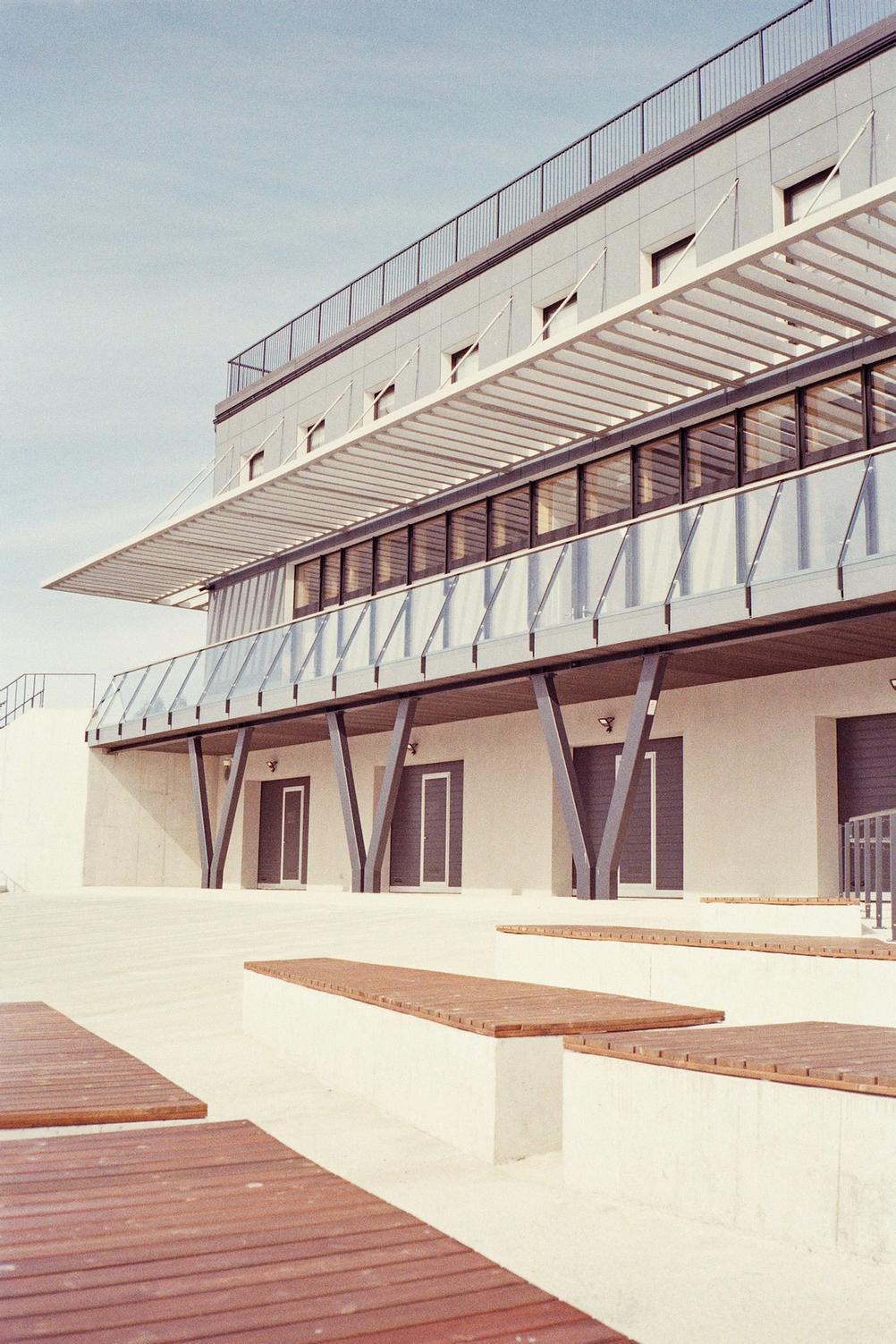
- Camera
- Leica M3
- Lens
- 7Artisans 35mm f2
- Film
- Kodak Gold 200 EI200
- Development
- Tetenal Colortec C-41
- Scanner
- Reflecta ProScan 10T
This is also from first roll developed in a new batch. Different batch than before.
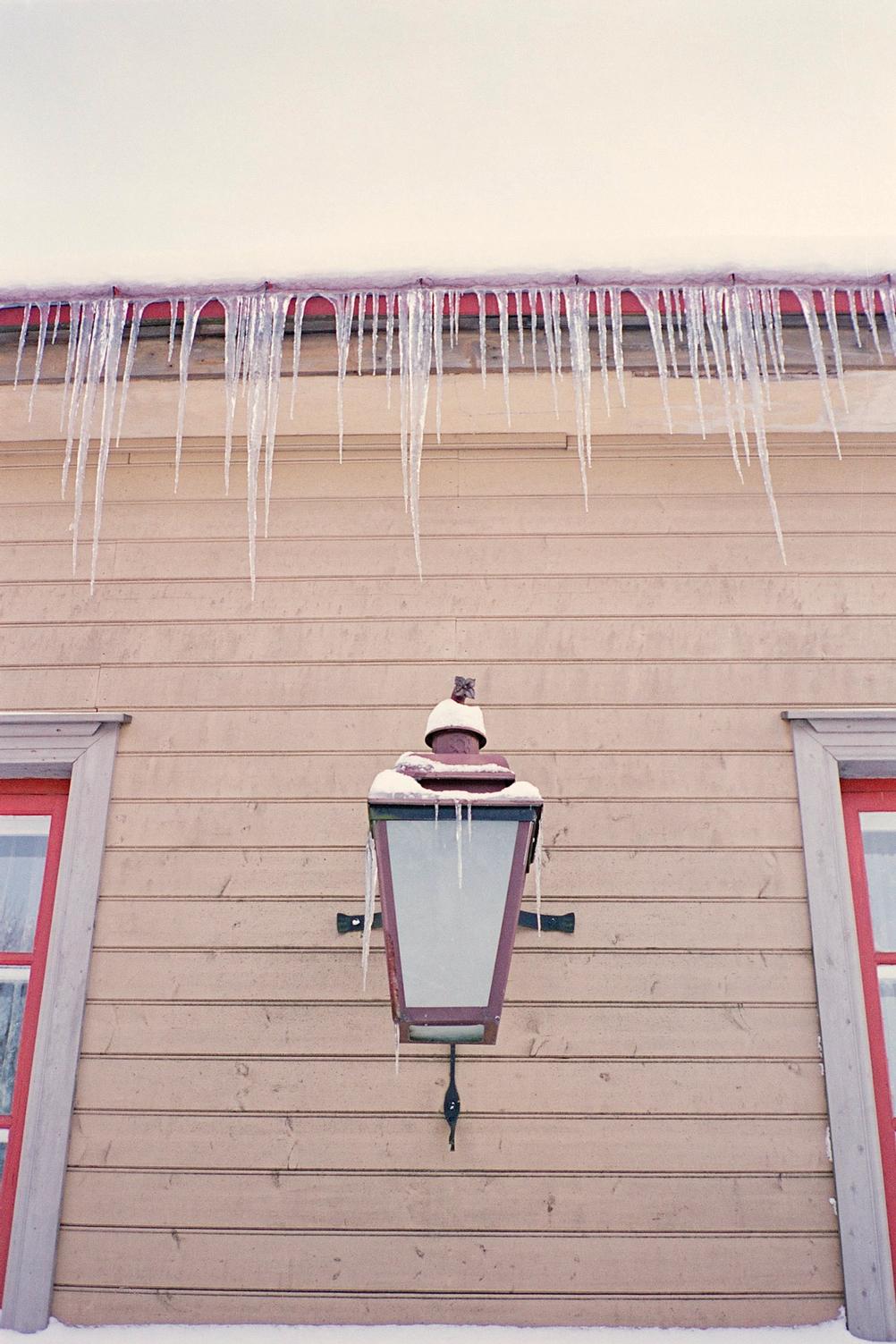
- Camera
- Leica M3
- Lens
- 7Artisans 35mm f2
- Film
- Fujifilm Reala EI100
- Development
- Tetenal Colortec C-41
- Scanner
- Reflecta ProScan 10T
It can also develop slightly expired film without issues.

- Camera
- Leica M3
- Lens
- Leica Summicron-M Pre-ASPH 90mm f2
- Film
- Kodak Ektachrome EPP100 EI80
- Development
- Tetenal Colortec C-41; E-B&W-41-6
- Scanner
- Reflecta ProScan 10T
You can even use it to develop E-6 film and still get negatives using the world famous E-B&W-41-6 development technique!
Verdict
I like this C-41 kit. If it's in stock I always go with this approach. I have tried other kits and whilst they weren't terrible - the Tetenal one is consistent and easy to mix. Combined blix step is also a positive for me.
What could be improved? For me the potential improvements are:
- Longer shelf life. 6 weeks for a mixed color developer seems very low. I can't shoot 16 films in 6 weeks. It's nice that it can handle longer periods in real life but it's not guaranteed to. It would be nice if it was.
- Faster development times. When using 30 degrees the last 4 films take 31 minutes just in color developer and blix steps. Even at 38 degrees the last 4 films take 19 minutes. I get bored. I listen to podcasts doing this but I would rather listen to them elsewhere rather than sitting on the toilet whilst waiting for film to be developed. Yes I develop my film in the toilet. You should too!
- Larger temperature variability acceptance. For people like me that don't have a sous vide.
If you're looking for a C-41 developer kit and this Tetenal Colortec kit is available - get it. It has definitely not disappointed me.
